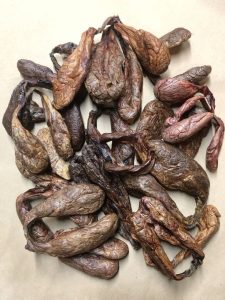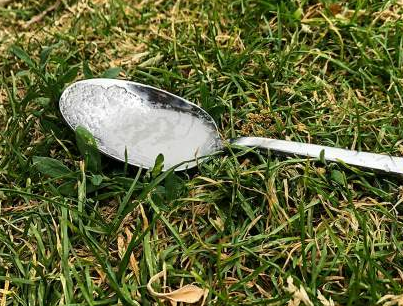You might have consumed it without knowing
Castoreum as a Natural Flavoring
Castoreum, a substance from beavers’ anal glands, is used in vanilla and strawberry flavorings. Though it sounds unappealing, the FDA deems it safe, noting “a long historical use of castoreum extract as a flavoring and fragrance ingredient has resulted in no reports of human adverse reactions.” Food labels often list it as “natural flavorings.”

Limited Use in the Food Industry
Due to high costs and sourcing challenges, castoreum is rarely used in mainstream food products. Gary Reineccius, a flavor chemist, states, “It’s not like you can grow fields of beavers to harvest. There aren’t very many of them. So it ends up being a very expensive product — and not very popular with food companies.” Michelle Francl, a chemist, adds that beaver excretion isn’t secretly added to foods due to its expense, unlike vanilla orchids, which are easier to cultivate.

Niche and Historical Uses
While uncommon in food, castoreum is sometimes used in specialty items like the Swedish liquor bäversnaps. Historically, it has been utilized for treating stomach issues, fevers, and in products like soap and lotion. Surprisingly, it was even used in cigarettes for its sweet smell.
Beavers’ Natural Use of Castoreum
Beavers use castoreum to mark territory and identify family members, thanks to its unique scent. Their diet, rich in leaves and bark, contributes to the sweet-smelling aroma.

Don’t worry about castoreum in your ice cream—companies prefer more cost-effective flavor substitutes. “If food companies can find anything else to substitute for vanilla or to create a strawberry flavor, they will,” Reineccius says.





